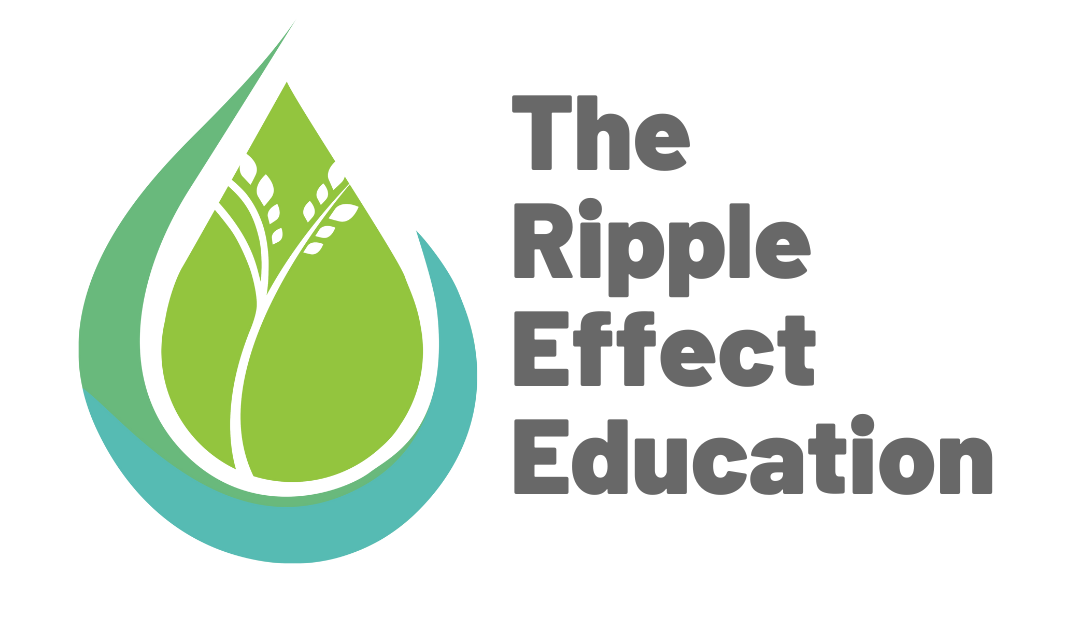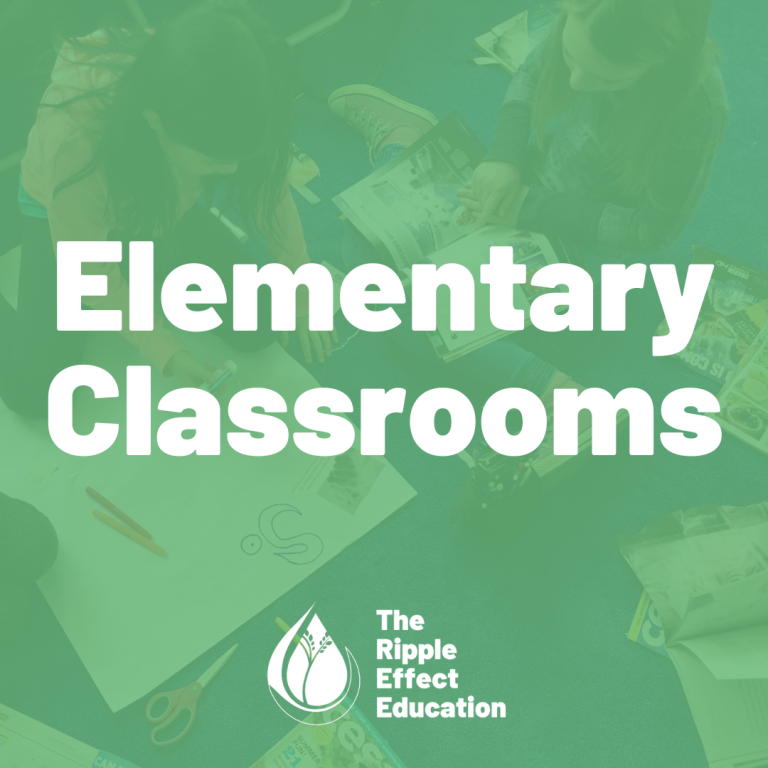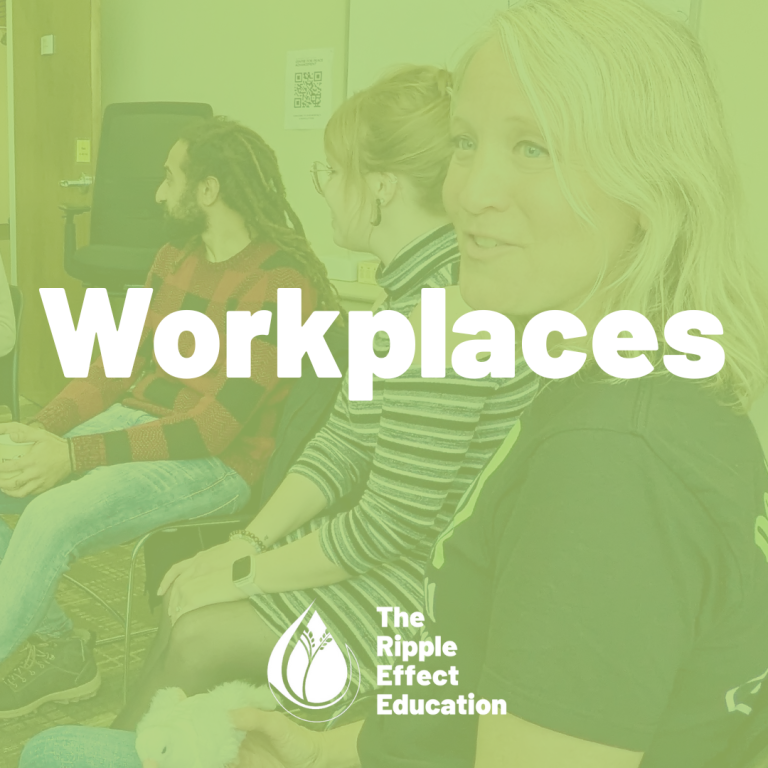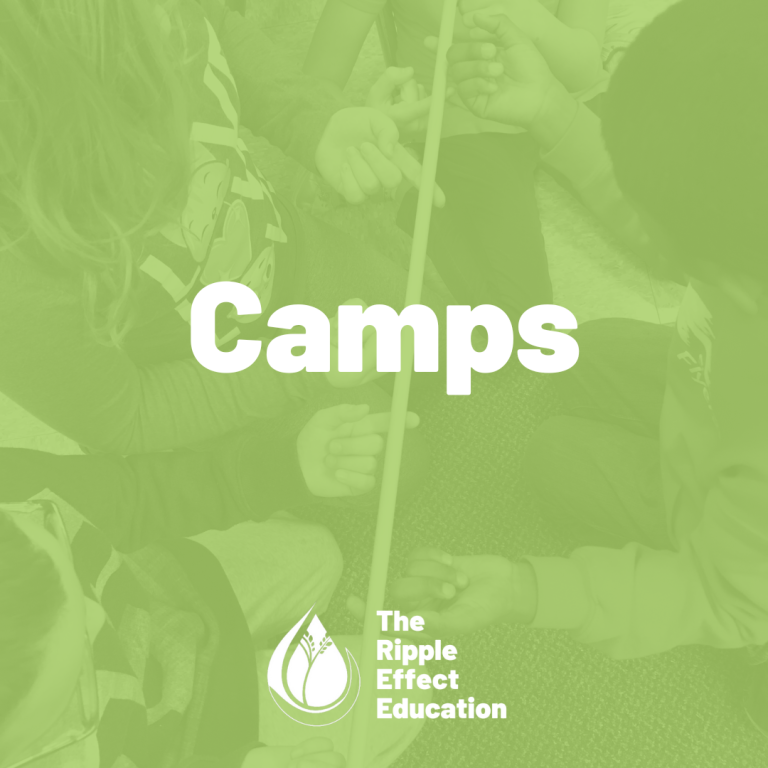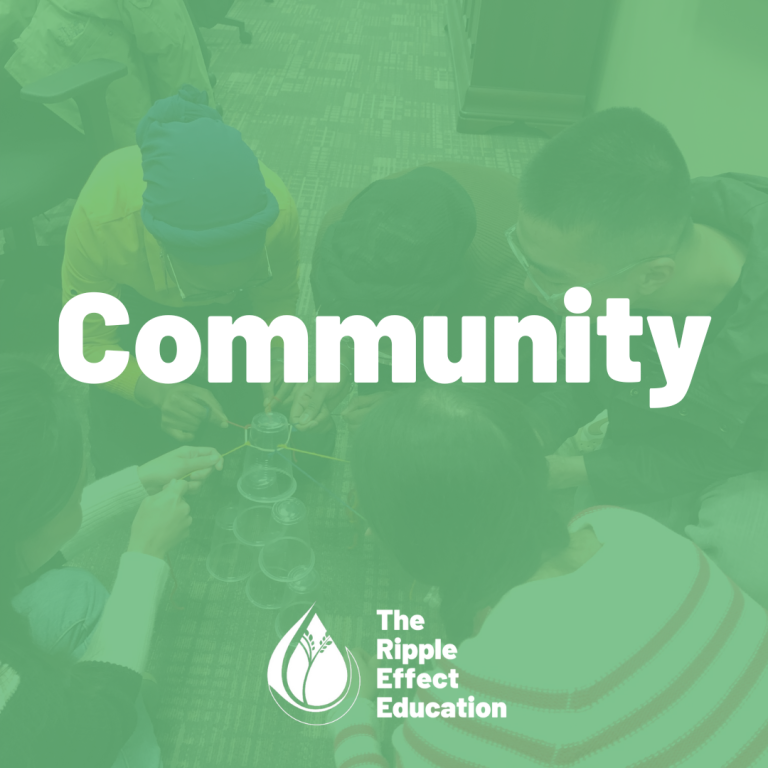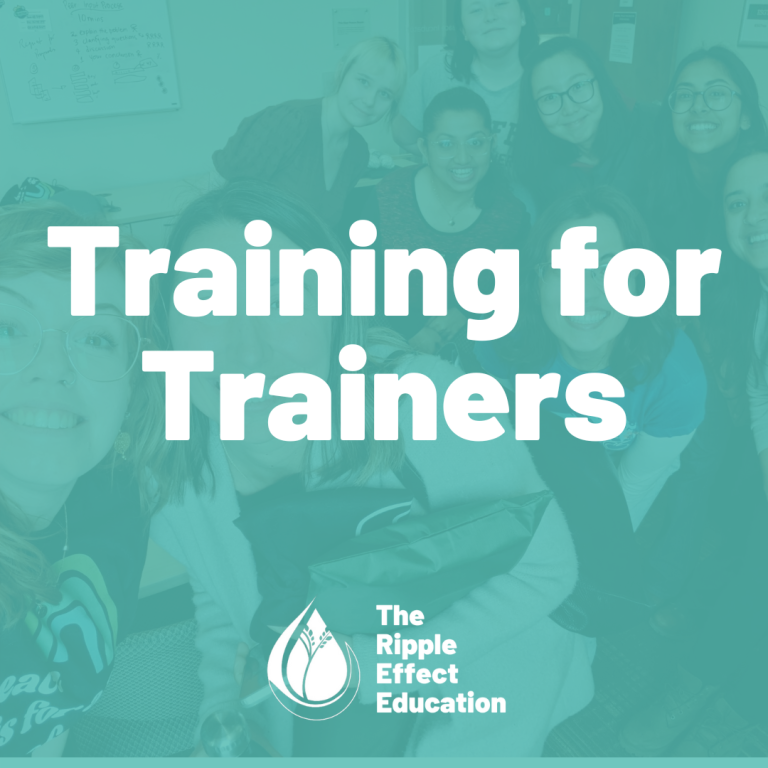On January 6 of this year, many were shaken by the violent attack on the Capitol in the United States attempting to halt the vote count from the recent presidential election. Global news and social media channels across the world depicted rioters storming the building; many of whom were touting symbols of White supremacy. Black Lives Matter activists were quick to point out that their organization’s peaceful marches over the summer were met with much more hostility than those storming the Capitol. As suggested by Alex Vitale in the podcast Code Switch, this attack only highlighted the broader issue of systemic racism that continues to endanger Black lives, not only in the US, but in Canada as well.
The pressure was on for teachers — how would they address these issues in their classroom? After all, aren’t they the ones responsible for shaping young minds to create a better tomorrow?
Britt Hawthorne, an anti-bias and anti-racism trainer, took to Twitter to criticize this viewpoint, saying:
“I see the ‘Teachers, what are you going to say to your learners tomorrow?’ posts and CRINGE. The question is, ‘Adults, what are you going to say to other adults tomorrow?’ Don’t use learners to avoid the conversation with YOUR PEERS.”
As adults, we hold just as much power to address social issues in our daily lives, and our silence speaks volumes to the younger generation.
Many people, including myself, have likely thought, “It’s not that easy to bring up social justice issues in everyday conversation. I can’t just walk up to someone and ask them about their thoughts. It would just be awkward!”. In our conventional definition of a conversation, this might be true. A Courageous Conversation, however, might not be as forced as you think.
In TREE programs, we use an iceberg model to talk about different positions and opinions. On the surface, we might see their general ideas and opinion — but this is only the tip of the iceberg. Below the surface, we see the person’s in-depth story; a variety of factors that are influencing their stance. The only way we can get below the surface is to dive in — and invite them to dive into your stories too. Here are three tips for having a Courageous Conversation with someone.
- Shift your perspective. Particularly with emotionally charged topics, our initial instinct is to view the other person in terms of opposition; someone will disagree with me, but they just don’t understand my point. Any questioning of our own perspective seems like an attack. However, Courageous Conversations shift our understanding of conflict from “me vs. you” to “us vs. the unknown”. A Courageous Conversation doesn’t come from a place of wanting to change the person’s mind. Instead, it is about wanting to understand them and overcome obstacles together.
- Establish boundaries. Before you dive in, make sure that you and the other person are in the emotional headspace to have this conversation. Consider asking, “Could we meet up tomorrow to chat about this or do you need some more time to reflect?”. We don’t want to force ourselves or someone else to talk about something they aren’t prepared to dedicate their energy to. But also remember: there is a difference between avoiding topics for our own or someone else’s safety, and avoiding them out of discomfort with the unknown. We can push ourselves out of our comfort zones, while protecting our own boundaries.
- Create space for the unknown. The main driver of this conversation is to understand where the other person is coming from. By coming from a place of compassionate curiosity rather than hostile inquisition, we create space for the other person to feel not only heard, but understood. Through open-ended questions, words of affirmation, or even just silence, the other person may feel more welcome to express themselves respectfully, and will consequently feel more willing to listen to you with the same open mind. To revisit the iceberg metaphor, we can’t invite people to go below the surface if they don’t feel like they can swim!
“This all sounds great on paper,” you may be thinking, “But I’ve never talked about this kind of stuff with someone before. It would be weird!”.
Yes, it absolutely can be! If the intent of a Courageous Conversation is to learn more about the other person, then all the more reason to get started. It can be as simple as, “Hey, did you watch the news last night? What do you need to feel supported?”, or “You know, I don’t think we’ve ever talked about ____ before. Want to talk about it at lunch?”. These conversations are not about making the other person see our side, but rather acknowledging that we don’t know their story well enough to go any further than where we are.
Regardless of your role as a teacher, student, parent, or friend, we cannot leave it to others to do all the talking; we can courageously jump beneath the surface together — there are deeper waters to explore!
References
Donnella, L. (Host). (2021, January 27). How the storming of the Capitol was – and wasn’t – about police [Audio podcast transcript]. In CODE SW!TCH. NPR. https://www.npr.org/sections/codeswitch/2021/01/07/613802462/how-the-storming-of-the-capitol-was-and-wasnt-about-police
Hawthorne, B. [@britthawthorne_]. (2021, January 6). I see the “Teachers, what are you going to say to your learners tomorrow” posts and [Tweet]. Twitter. https://twitter.com/britthawthorne_?lang=en
Ontario Ministry of Education. (2010). Tip sheet: Courageous conversations. http://www.edu.gov.on.ca/eng/policyfunding/leadership/pdfs/TipSheetConversation.pdf
Photo by mentatdgt from Pexels
 Haley Bauman is a graduate from the University of Waterloo with a BA in Therapeutic Recreation. During her undergrad, Haley completed a placement at a high school in Brampton that helped her discover her passion for working with children and youth in urban schools. Haley is currently pursuing her Bachelor of Education from Western University with a specialty in Urban Education. She is excited to be involved with TREE and learn more about social justice in education contexts.
Haley Bauman is a graduate from the University of Waterloo with a BA in Therapeutic Recreation. During her undergrad, Haley completed a placement at a high school in Brampton that helped her discover her passion for working with children and youth in urban schools. Haley is currently pursuing her Bachelor of Education from Western University with a specialty in Urban Education. She is excited to be involved with TREE and learn more about social justice in education contexts.
